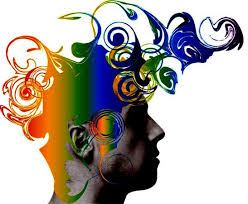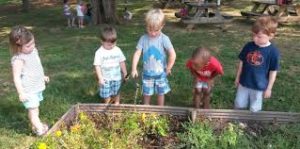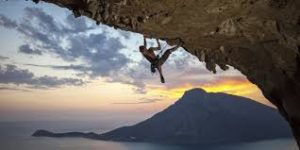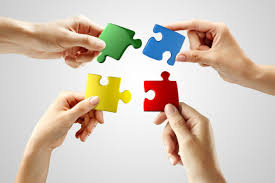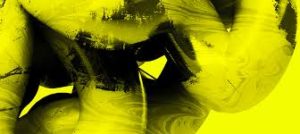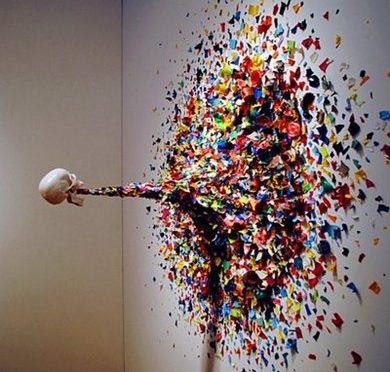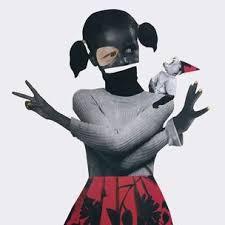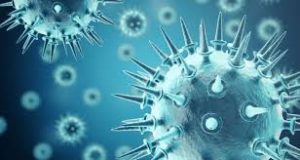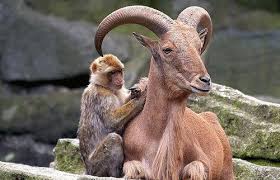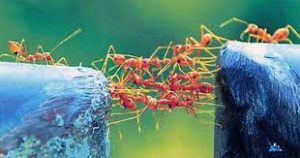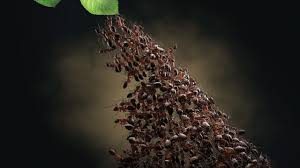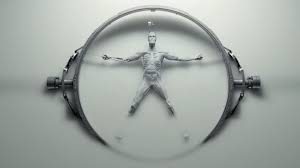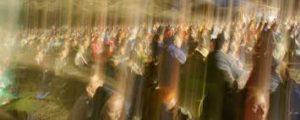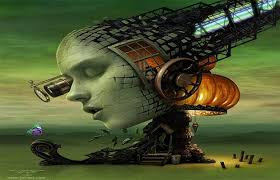In my blogs, I want my readers to look at body and mind in a different fashion.
Do not think of the mind as a purely mental entity, and of the body as purely physical one. Instead, think of both mind and body as continuing, interweaving processes that are mental and physical at once. Our thoughts actually are quite as physical as our body is, and our body is quite as nonphysical as it seems to us our thoughts are. We are actually a vital force, existing as a part of our environment, and yet apart from our environment at the same time.
It is obvious that we impress a room with our characteristics as we furnish it, but we also mark what seems to be empty space in the same fashion — that is, we turn empty space into the living matter of our body without ever realizing that we do so. Our health and the daily weather interact with each other. This happens on a personal and mass basis. I admit that some of this material quite contradicts our usual ideas, but the health of our body is intimately related not only to the state of world health, but to the physical climate as well.
We do not “catch” a drought. We do not catch a cold, either. In a fashion a drought is partially caused by the emotional states of the people who experience it — yet a drought is not a disease. It is part of a process. It is a necessary portion of the larger process of the world’s physical stability. As unfortunate as a drought might seem, it is in its way responsible for the balanced proportion of moisture of the entire planet’s surface. In the same way diseases in their fashion are also often parts of larger processes whose greater purpose is the body’s overall balance and strength.
My thoughts go buzzing
through time’s corridors,
winging their way
through the sunny hours,
dipping into shaded corners,
sipping sweet honeycombs
of desire, slipping through
golden keyholes
and flying free past
the meadows of eternity.
I bid them a safe journey
as they travel ahead
of me, for one day I will
surely follow.
In any case, magic is everywhere in the operation of our body, and in the operation of the world.
My definition of magic is this: Magic is nature unimpeded, or magic is life unimpeded. It is true that our thoughts and emotions and beliefs form the reality that we experience — but it is also true that this creative construction is, in a manner of speaking, magically formed. That is, the construction of our body and the construction of a world are produced with the greatest combination of order and spontaneity — an order and spontaneity that seems hidden rather than apparent.
We think, for example, without consciously knowing how we do so, and we speak long sentences without consciously being aware at the beginning of the sentence what the conclusion will be.
This does not mean that we must forever remain in ignorance, but it does mean that there are different kinds of knowledge, and that all of our information does not come by reasoning alone. We grew from a fetus into an adult, for instance, so obviously some part of us does know how to perform such an amazing activity as the growth and care of the physical body. The reasoning mind alone, however, cannot by itself grow even the smallest cell, or activate the life of even one molecule, yet the growth and maintenance of the body is constant.
The same hidden ability that promotes our body’s health and vitality also fulfills and preserves the world in general. All of this is done playfully, and yet emerges with the greatest display of order and design.
When we become too serious we overwork our intellect and tire our body, for then it seems that our entire life depends upon the reasoning of our intellect alone. Instead, of course, our intellectual abilities are supported and promoted by the inner mixture of spontaneity and order that so magically combine to form both our reality and the reality of the world.

